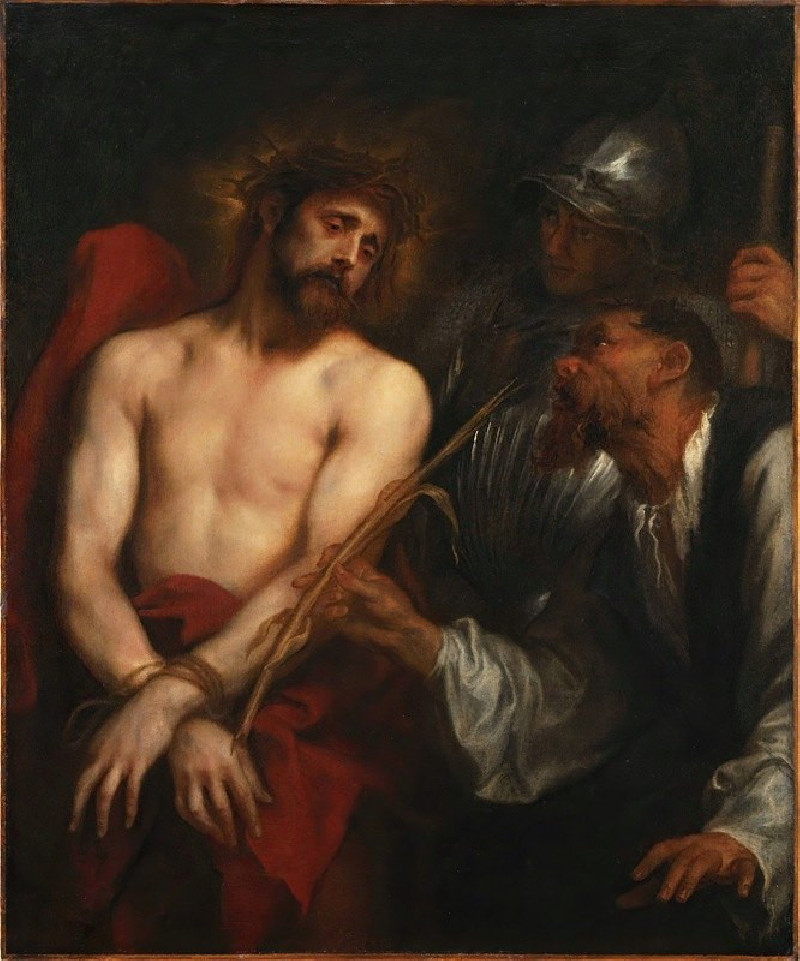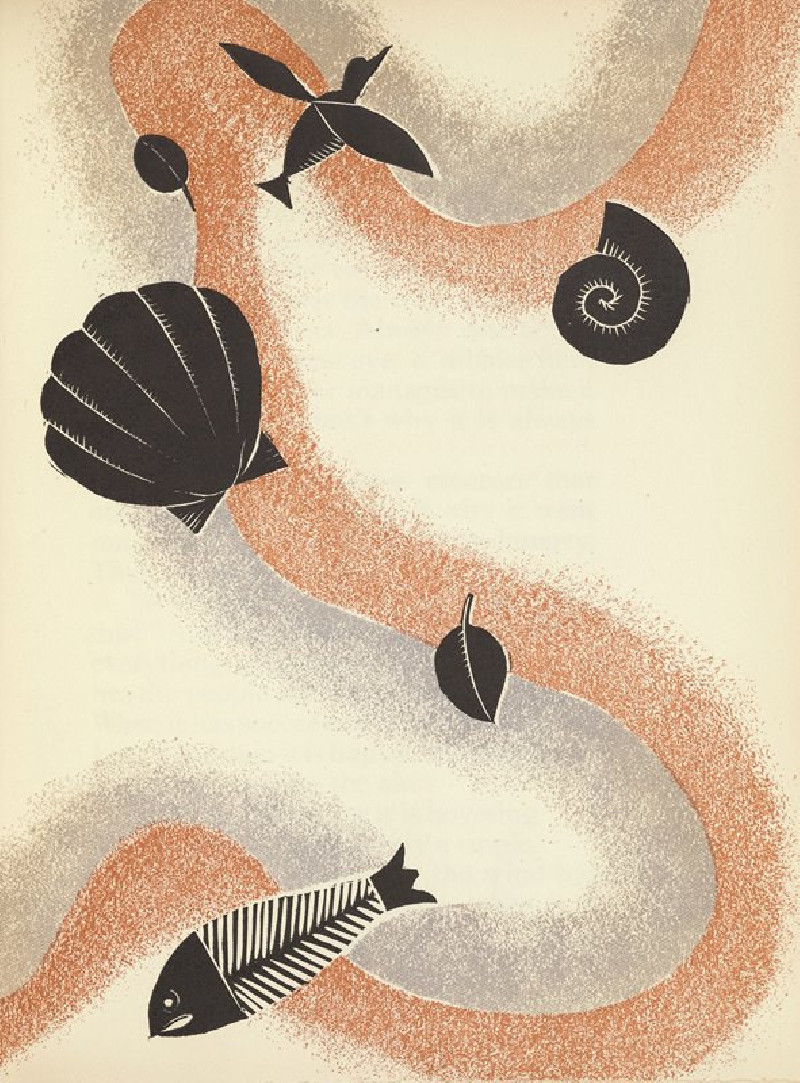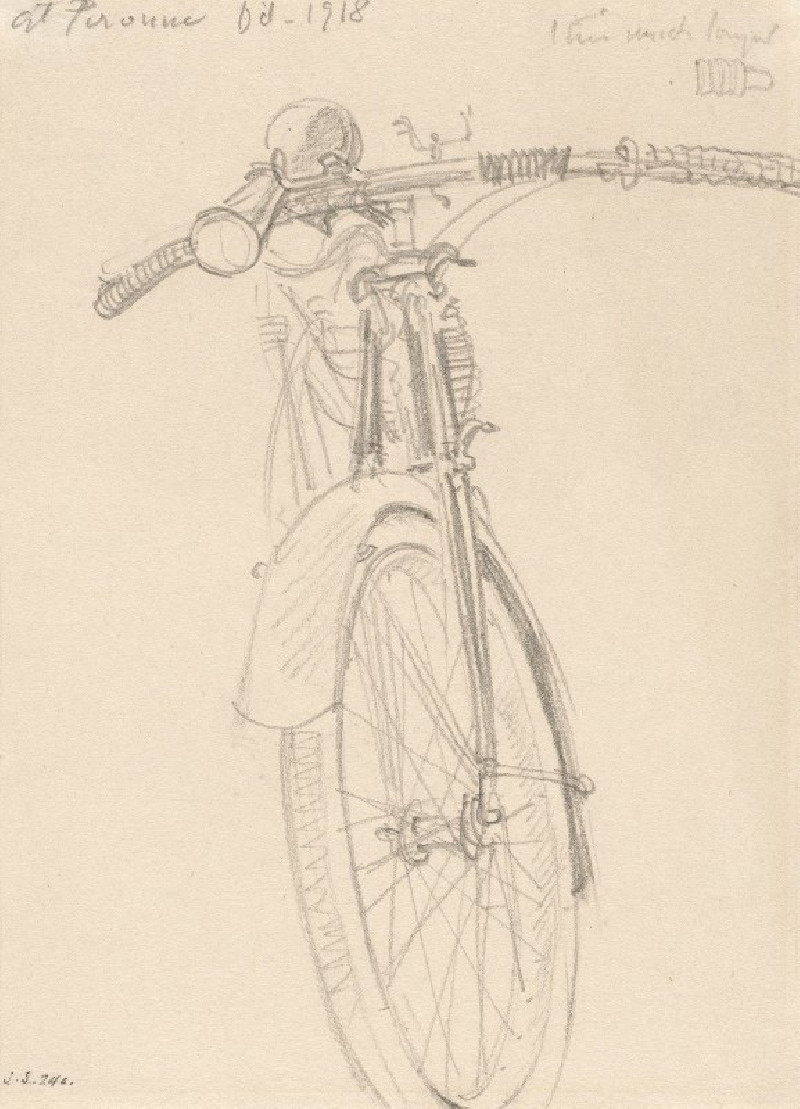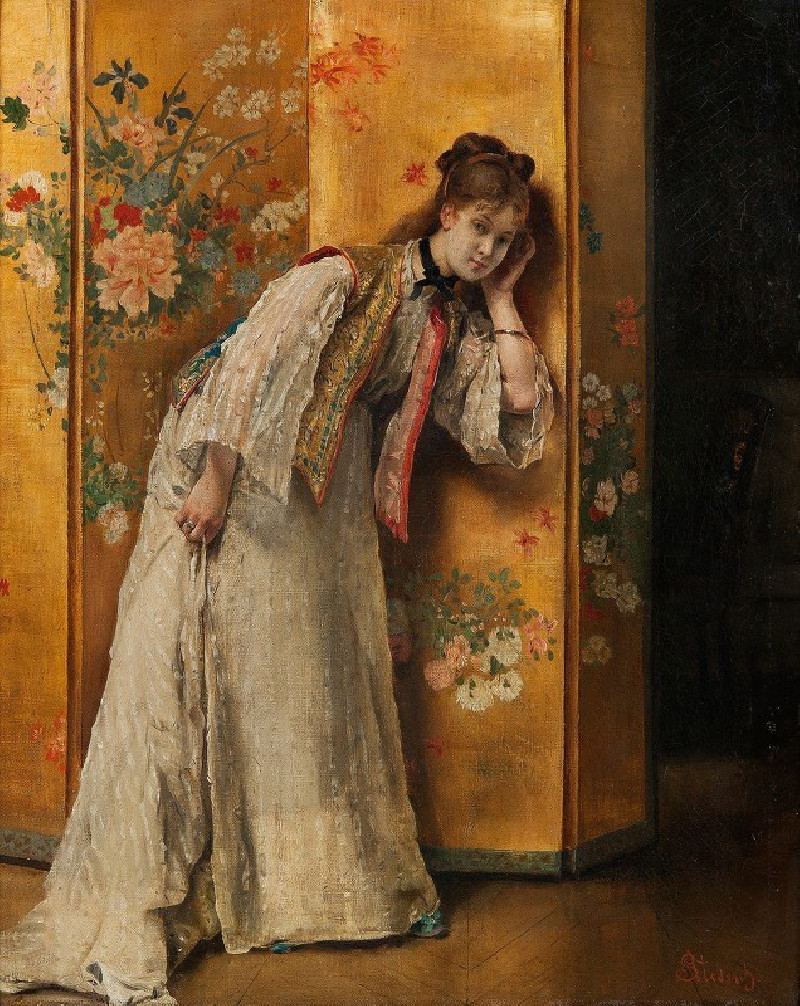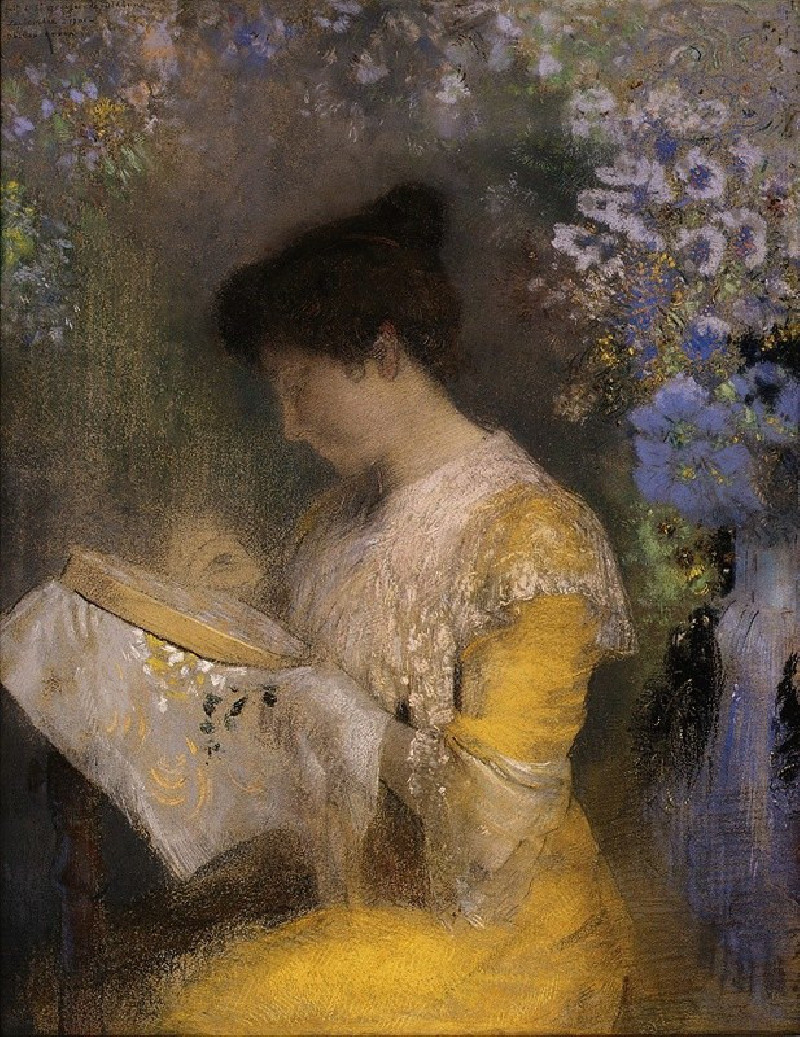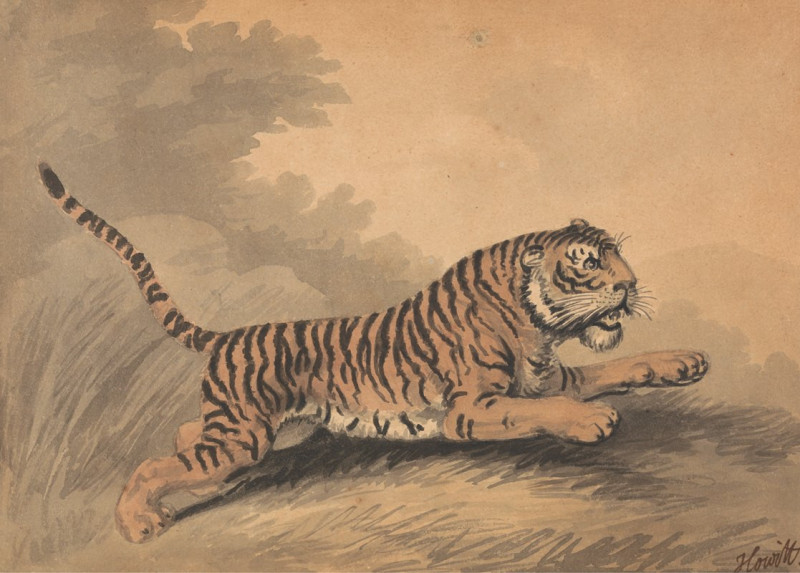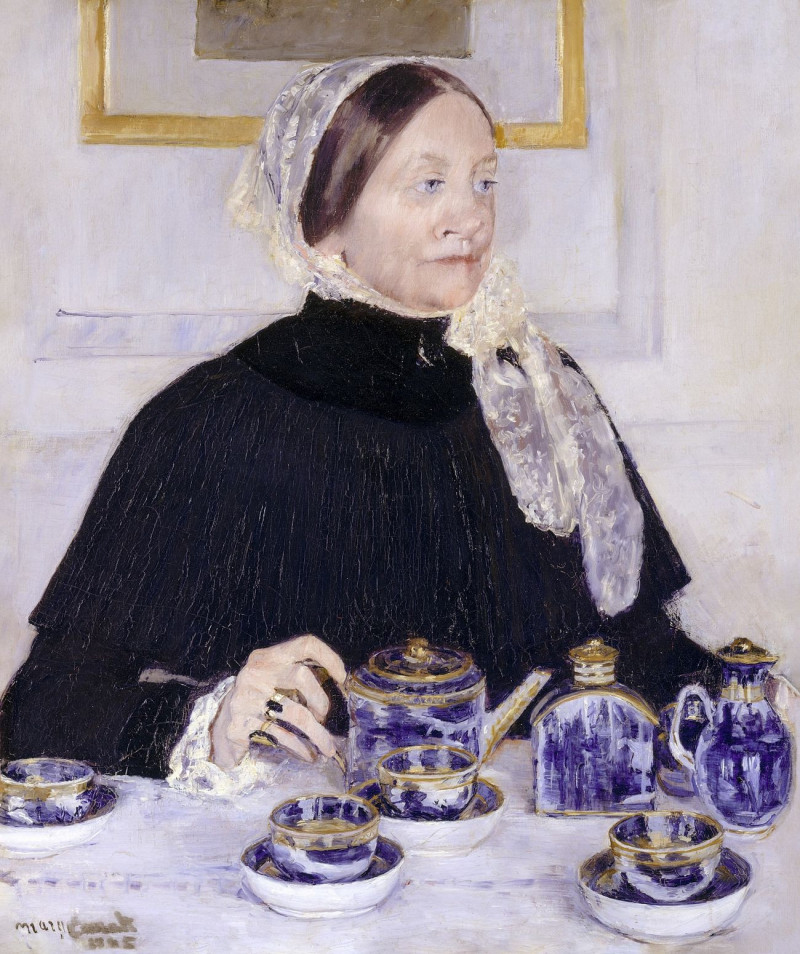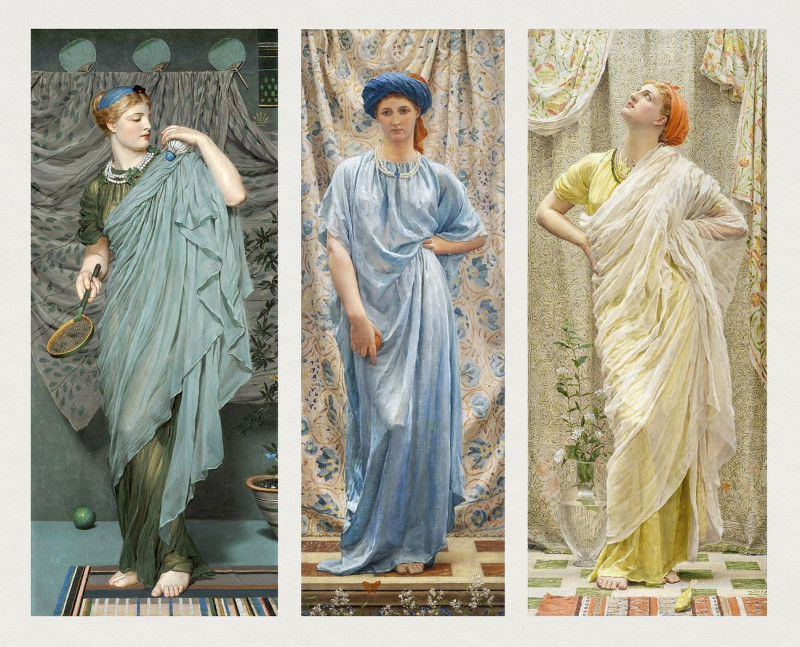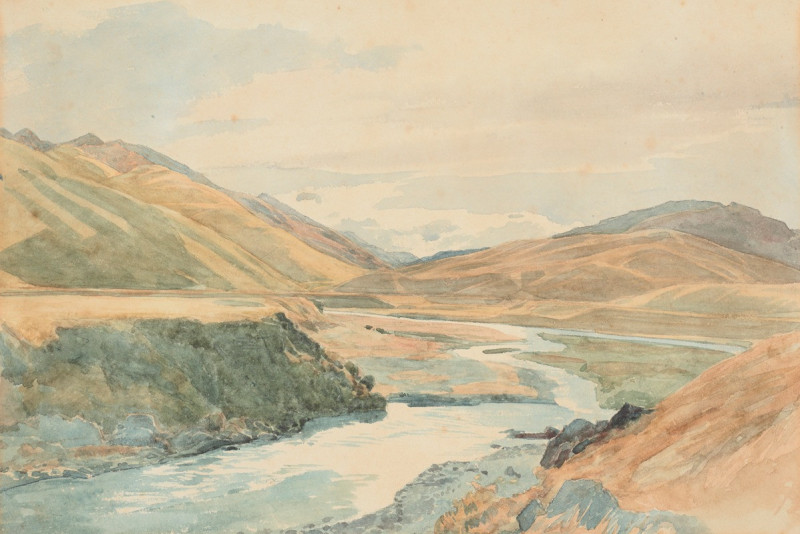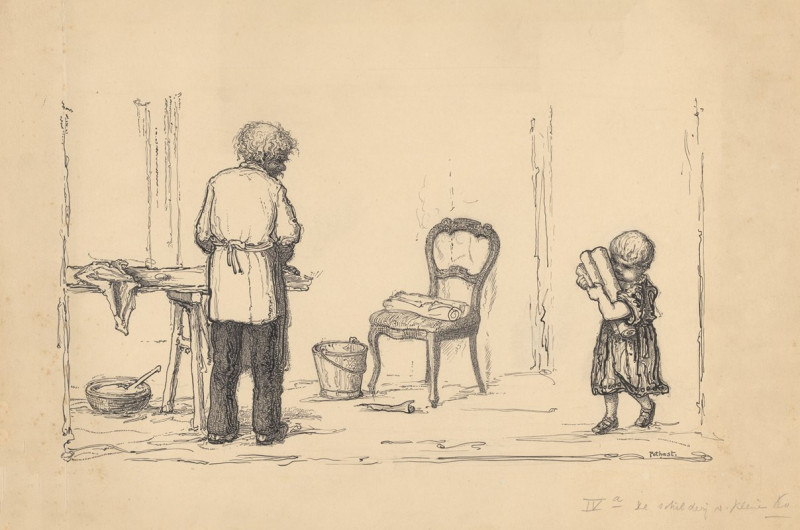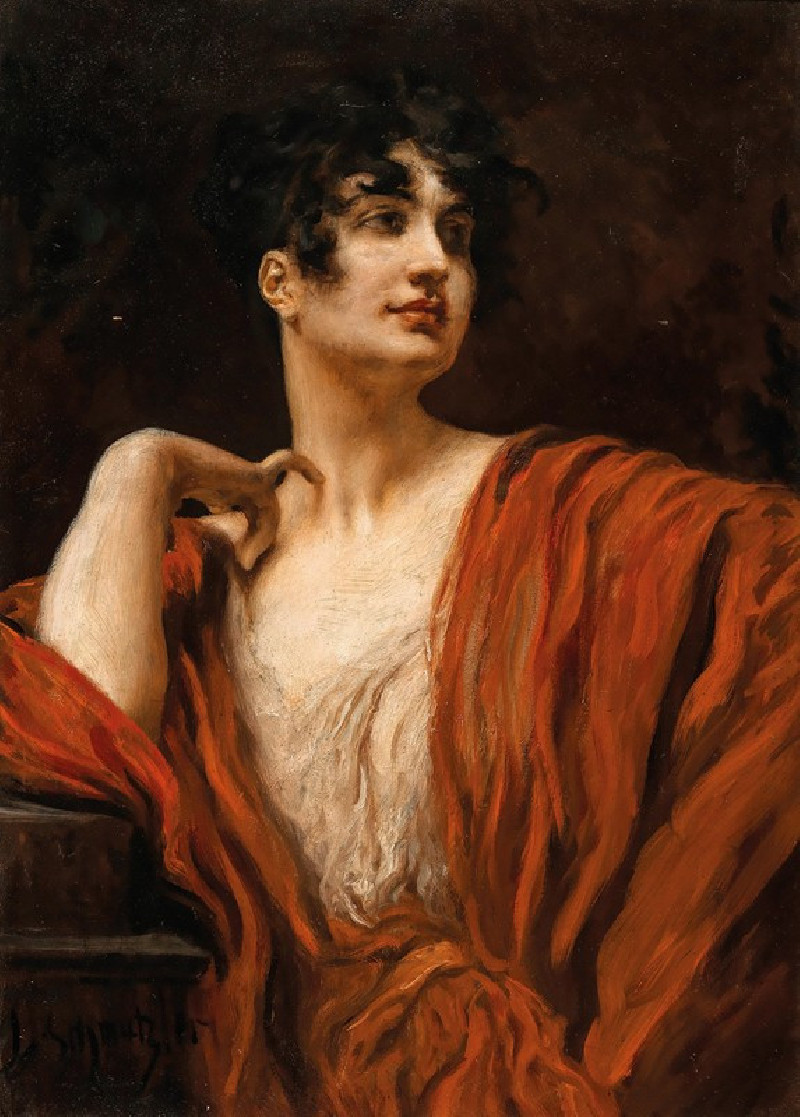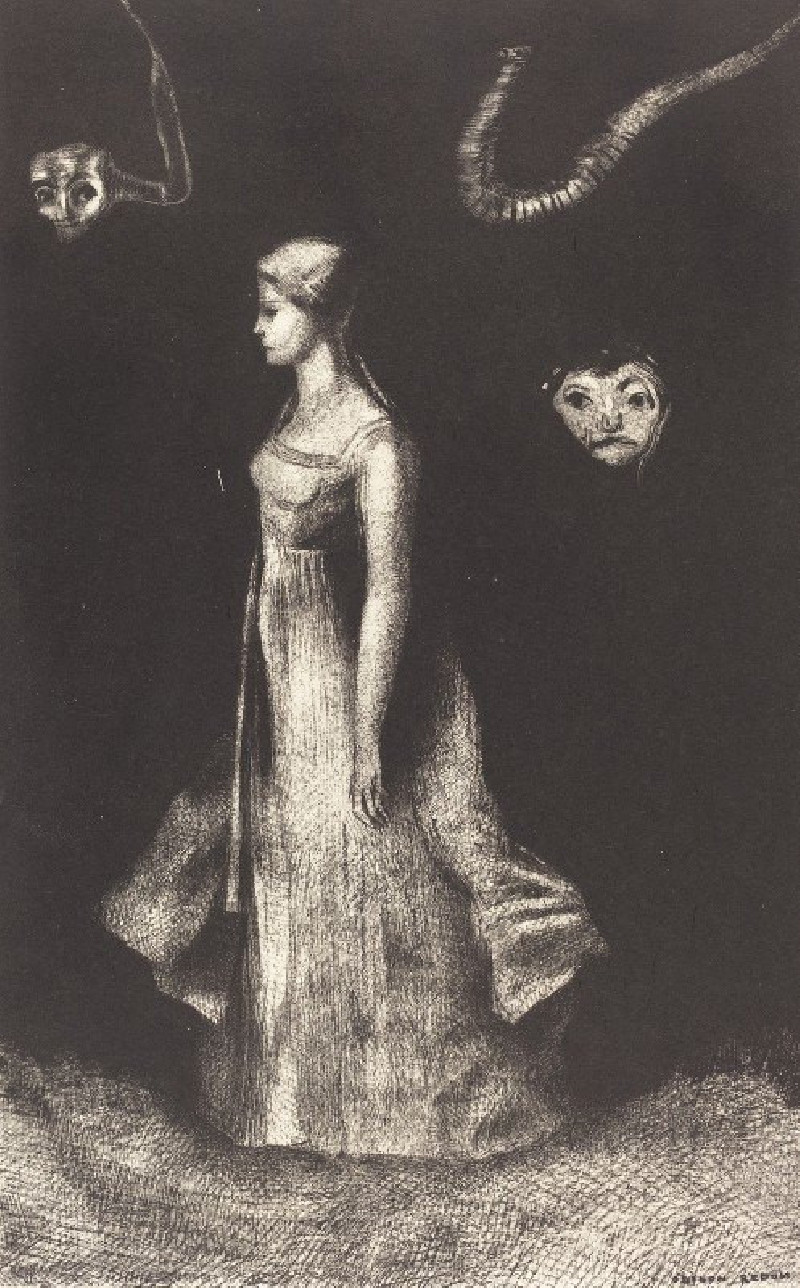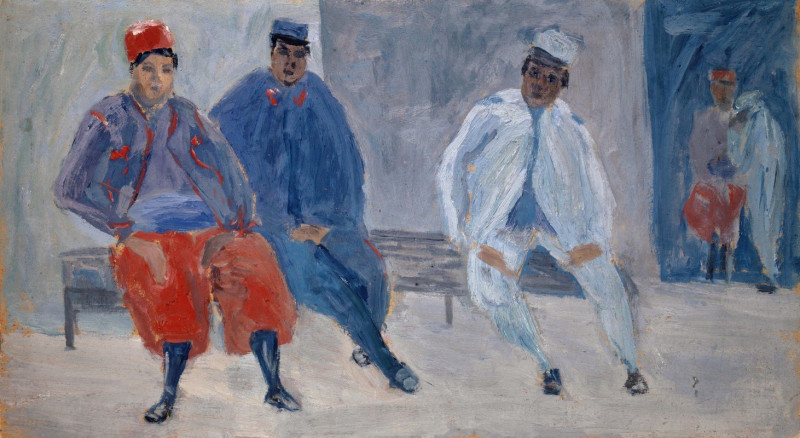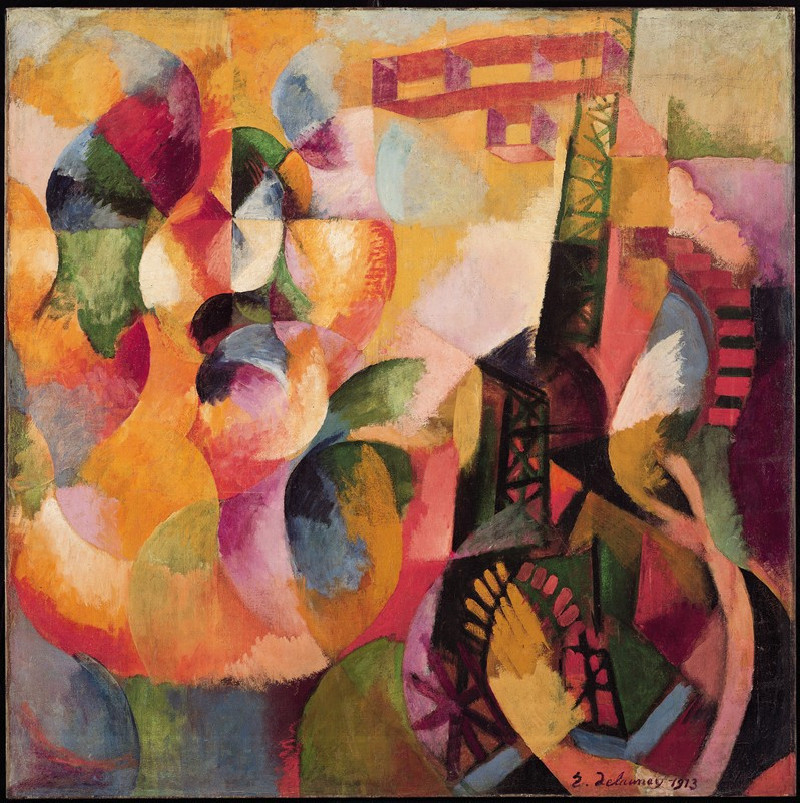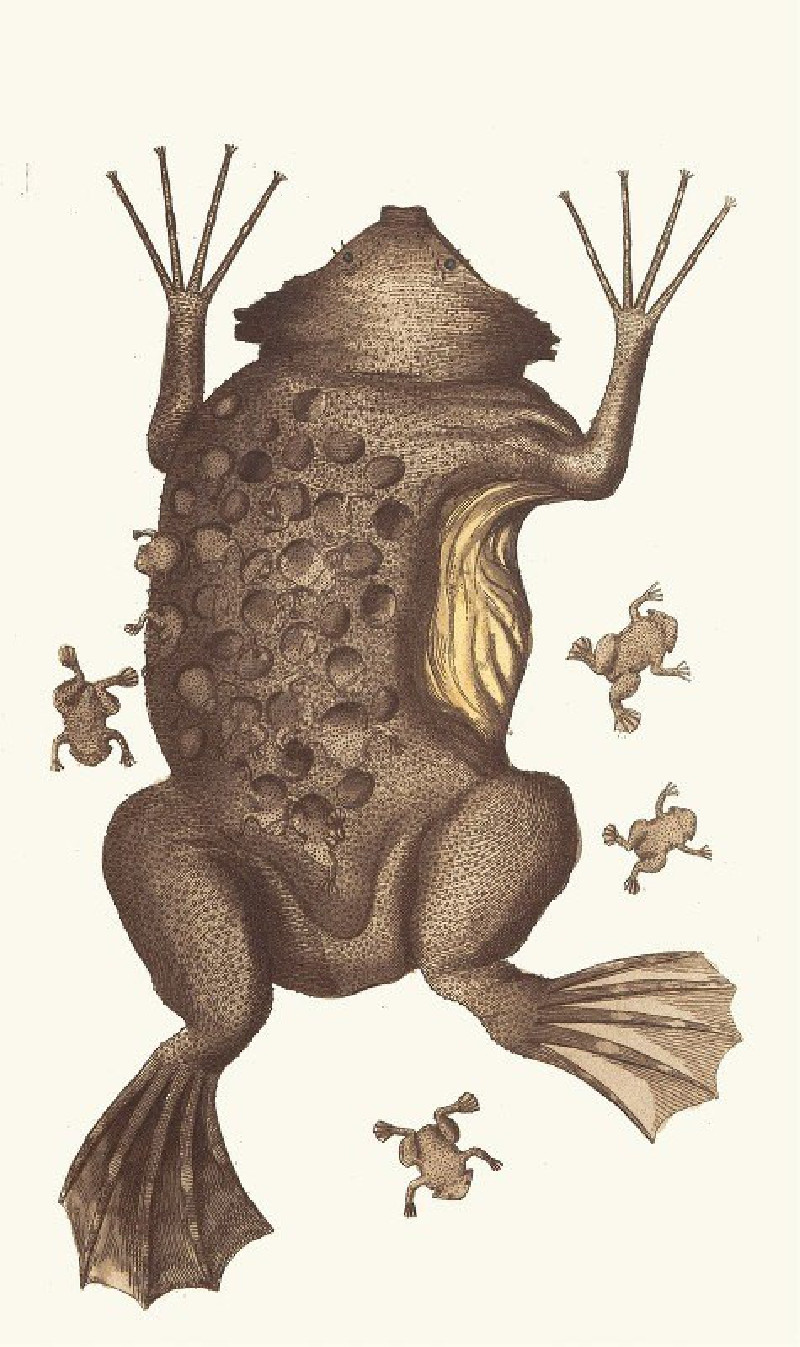The Mocking of Christ (1628–30)
Technique: Giclée quality print
Recommended by our customers
More about this artwork
Painted between 1628 and 1630 by the renowned Flemish artist Anthony van Dyck, "The Mocking of Christ" is a powerful depiction of a significant biblical event — the humiliation and suffering of Christ before his crucifixion. In this evocative work, Van Dyck captures the intense emotion and stark human cruelty surrounding this pivotal moment.The painting centers on the figure of Christ, shown nearly half-naked, with his eyes downcast in sorrow and resignation. His body emits an aura of vulnerability, accentuated by the soft chiaroscuro that illuminates his flesh against the dark background. His hands are bound, and he holds a reed as a scepter, a mocking symbol of his accusation of kingship.Surrounding Christ are his tormentors. To his right, an old man with an expression of scorn, crudely forces the crown of thorns deeper onto Christ's head, emphasizing the harshness of the mockery. Beside him stands a soldier, part of his helmet and face visible, who looks on with a semblance of detachment, adding to the chilling atmosphere of the scene.The color palette Van Dyck uses is restrained yet effective, with the reds and muted grays highlighting the drama. The emotional intensity is compounded by the play of light and shadow, a technique that Van Dyck, as a student of Peter Paul Rubens, mastered and made his own.This poignant scene is more than just a religious painting; it is a stark reminder of suffering and human cruelty, presented with a depth of emotion that is both compelling and contemplative.
Delivery
Returns
Sir Anthony van Dyck (1599 – 1641) was a Flemish Baroque artist who became the leading court painter in England after success in the Spanish Netherlands and Italy.
The seventh child of Frans van Dyck, a wealthy Antwerp silk merchant, Anthony painted from an early age. He was successful as an independent painter in his late teens, and became a master in the Antwerp guild in 1618. By this time he was working in the studio of the leading northern painter of the day, Peter Paul Rubens, who became a major influence on his work.

